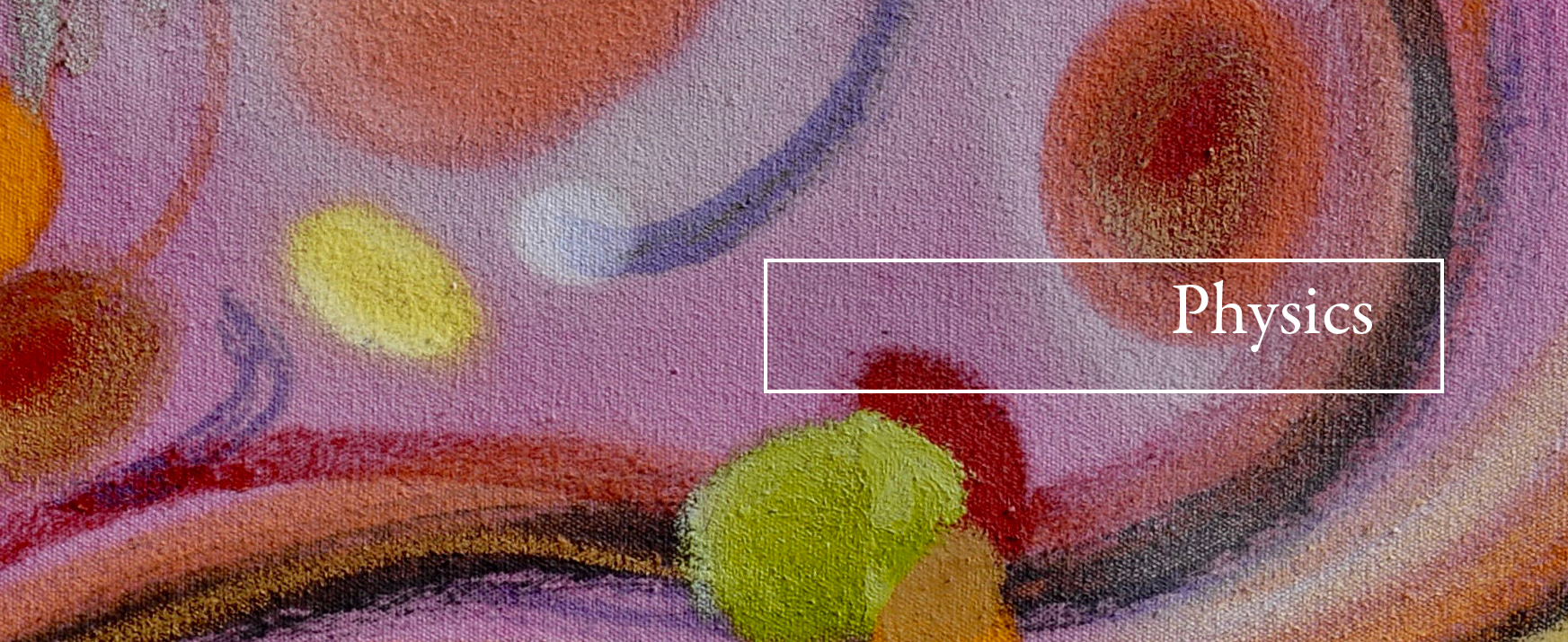
This Week
No Results Found
The page you requested could not be found. Try refining your search, or use the navigation above to locate the post.
Previous Weeks
How to Peer Through a Wormhole
https://www.nytimes.com/2019/11/13/science/wormholes-physics-astronomy-cosmos.html?fallback=false&recId=231318817&locked=0&geoContinent=EU&geoRegion=SE&recAlloc=story-geo&geoCountry=ES&blockId=home-featured&imp_id=831008094&action=click&module=editorsPicks&pgtype=Article®ion=FooterQuantum weirdness could allow a person-sized wormhole to last forever
Work on the universe’s evolution and exoplanets wins physics Nobel
All systems Tao: Holistic view of life’s networks
Seeing sound: Scientists observe how acoustic interactions change materials at the atomic level
https://m.phys.org/news/2019-09-scientists-acoustic-interactions-materials-atomic.htmlhttps://m.phys.org/news/2019-09-scientists-acoustic-interactions-materials-atomic.html
Entanglement sent over 50 km of optical fiber
https://phys.org/news/2019-08-entanglement-km-optical-fiber.htmlhttps://phys.org/news/2019-08-entanglement-km-optical-fiber.html Entanglement sent over 50 km of optical fiber by University of Innsbruck Entanglement sent over 50 km of optical fiber In a nonlinear crystal illuminated by a strong laser the photon wavelength is...
Scientists find new, long-hypothesized material state with signature of quantum disordered liquid-like magnetic moments
https://m.phys.org/news/2019-09-scientists-long-hypothesized-material-state-signature.htmlThe future of technology relies, to a great extent, on new materials, but the work of developing those materials begins years before any specific application for them is known. Stephen Wilson, a professor of materials in UC Santa Barbara’s College of Engineering, works in that “long before” realm, seeking to create new materials that exhibit desirable new states.
Provided by University of California – Santa Barbara
Physicists mash quantum and gravity and find time, but not as we know it
https://www.sciencedaily.com/releases/2019/08/190826122010.htmA University of Queensland-led international team of researchers say they have discovered "a new kind of quantum time order." https://www.sciencedaily.com/releases/2019/08/190826122010.htm
The universe may be conscious, say prominent scientists
https://bigthink.com/philip-perry/the-universe-may-be-conscious-prominent-scientists-statehttps://bigthink.com/philip-perry/the-universe-may-be-conscious-prominent-scientists-state A proto-consciousness field theory could replace the theory of dark matter, one physicist states. Philip Perry25 June, 2017 What consciousness is and where it emanates from has...
Welcome to the 5th dimension: Our universe’s radical new fate
https://www.newscientist.com/article/mg24332391-600-welcome-to-the-5th-dimension-our-universes-radical-new-fate/
Schrödinger’s cat with 20 qubits: New record with entangled quantum bits
Dead planets can ‘broadcast’ for up to a billion years
https://www.sciencedaily.com/releases/2019/08/190806101602.htmhttps://www.sciencedaily.com/releases/2019/08/190806101602.htm
Unique electrical properties in quantum materials can be controlled using light: New research on Weyl semimetals, a class of quantum materials, unlocks unique quantum properties that can be used to create light-controlled electronic devices in the future.
https://www.sciencedaily.com/releases/2019/08/190805134054.htmScientists combine light and matter to make particles with new behaviors
https://phys.org/news/2019-07-scientists-combine-particles-behaviors.htmlEvery type of atom in the universe has a unique fingerprint: It only absorbs or emits light at the particular energies that match the allowed orbits of its electrons. That fingerprint enables scientists to identify an atom wherever it is found. A hydrogen atom in outer space absorbs light at the same energies as one on Earth.
link: https://phys.org/news/2019-07-scientists-combine-particles-behaviors.html
Secure quantum communications in the microwave range for the first time
https://phys.org/news/2019-06-quantum-microwave-range.htmllink: https://phys.org/news/2019-06-quantum-microwave-range.html
Link: https://advances.sciencemag.org/content/5/7/eaaw2563.full
Scientists capture image of quantum entanglement for the first time
Quantum entanglement, where two objects become intertwined and remain so no matter the distance that grows between them, is a tricky phenomenon to study let alone photograph. But scientists doing the former have now managed the latter, capturing an image of this strange bond for the first time.
read more: link: https://newatlas.com/first-ever-image-quantum-entanglement/60574/
A University of Colorado Boulder physicist is one step closer to solving a string theory puzzle 20 years in the making.
Paul Romatschke, an associate professor of physics at CU Boulder, has devised an alternative set of tools to those that created string theory’s three-quarters dilemma, a mathematical puzzle that has plagued scientists for years and has kept them from fully understanding and proving this possible “theory of everything.”
link: https://phys.org/news/2019-07-physicist-loose-thread-theory-puzzle.html
Credit: University of Colorado at Boulder
The Hot and Energetic Universe – Virtual Reality
Gravitational waves leave a detectable mark, physicists say
https://www.sciencedaily.com/releases/2019/05/190509173343.htmLink: https://www.sciencedaily.com/releases/2019/05/190509173343.htm
